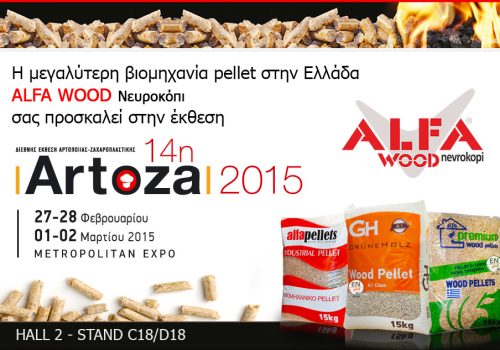 Corporate News
Corporate News Corporate News
Corporate NewsSaving by using pellets
Economic Comparison of pellets and other types of solid fuels with Fossil Fuels
Let us now compare the calorific value and cost of Solid Biofuels with common Fossil Fuels. The values below represent average calorific value and combustion efficiency values, as well as Chimney & External Burner Technical Losses, in the case of most fossil fuels.
The calorific values of all fossil fuels and wood are provided by the EU DIRECTIVE: 2006/32/EC ANNEX II: "Energy Content of selected fuels for final use", Journal of the European Union, April 5, 2006. The calorific values values & specific gravity vary depending on the origin of the fuel & their composition as well as the quality of the contained hydrocarbons.
The cost prices of the various fuels are indicative prices for Greece in March 2012.
Biomass.. what is it?
 Biomass is any material produced by living organisms (such as wood and other forest products, crop residues, livestock waste, food industry waste, etc.) that can be used as fuel for energy production. Biomass fuel is also known in Greece as pellets.
Biomass is any material produced by living organisms (such as wood and other forest products, crop residues, livestock waste, food industry waste, etc.) that can be used as fuel for energy production. Biomass fuel is also known in Greece as pellets.
A form of biomass: pellets resulting from the mechanical compression of sawdust, without the addition of chemicals or adhesives
The energy bound to plant substances comes from the sun. Through the process of photosynthesis, plants transform solar energy into biomass. Animal organisms absorb this energy with their food and store a part of it. This energy is ultimately provided by the biomass, after its processing and use. It is a renewable energy source because it is actually stored solar energy captured by plants during photosynthesis.
Biomass is the oldest and most widespread renewable energy source. Primitive man, to warm himself and cook, used the energy (heat) that came from burning wood, which is a type of biomass. Read more








